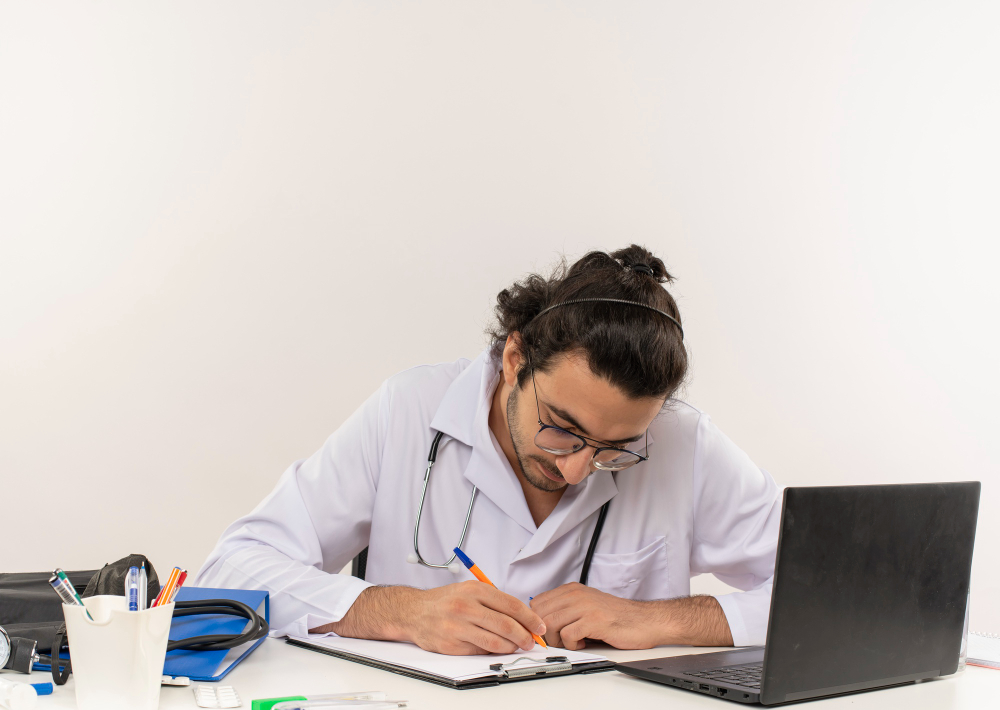
Until today, nursing professions are still being threatened due to the imbalance among conceptual, philosophical, and empirical inquiry. Understanding illness and wellness conditions is an integral part of nursing science. Nursing practitioners are interested in using multiple sources of information to address important questions regarding their profession and the discipline of nursing; however, researchers have more to learn before initiating these initiatives into the nursing practice.
Precision health can provide a bridge and integrate the ways of knowing for research and practice, .according to Corwin and colleagues, there are many emerging research methods, such as the use of electronic sensors, that help develop the nursing science and contribute to the precision health initiatives (2019).
In 1978, Barbara carper published a paper on the ways of knowing in nursing; the author named personal thinking the fundamental way of learning in the nursing discipline. Carper meant that the discovery of self and others depends on the domain of reflection, connecting with what is known and synthesis of the perception (Throne,2020).
According to caper, ethics, empirical, esthetic, and personal self-understanding are the critical patterns nursing practitioners can use to develop their knowledge. Ethical knowledge was acquired from understanding moral questions and choices, while empirical knowledge resulted from science (2019). According to Throne, it has been over 40 years since Carper described these nursing ways of knowing; however, there have been enormous advances in empirics and ethics.
Another emerging scientific approach that contributes to knowledge that supports the nursing practitioner processes and the patient’s care is the use of Omics. The increased information available on Omics has enhanced the nursing assessment, evaluation, and intervention techniques. Some available Omics methods include metabolomics, epigenomics, extensive data analysis, and microbiomic technology (Corwin et al., 2019).
The Omics level of data integration with data from other sources, such as lifestyle and environment, helps with clinical care. It helps nursing practitioners capture human response to health and illness through multiple sources of information, promoting clinical care.
There have also been recent advancements in electronic sensors, which have enabled effective monitoring of human biology and behavior. According to Corwin and friends, these sensors provide an environmental opportunity for research and nursing practice .example of electronic sensors in clinical practice include using devices to monitor individuals’ respiratory rate, physical activity, body position, and biochemical processes.
Using these measures can potentially implicate change; by helping nursing practitioners know the precise interventions for the right individuals at the right time. However, this can be very challenging due to the diversity of practicing people and global health inequalities (Corwin et al.,2019). nursing practitioners have embraced the multiple ways of knowing as their practice base.
References
Corwin, E., Redeker, N. S., Richmond, T. S., Docherty, S. L., & Pickler, R. H. (2019). Ways of knowing in precision health. Nursing Outlook, 67(4), 293–301.
Thorne, S. (2020). Rethinking Carper’s knowing for 21st-century nursing. Nursing Philosophy, 21(4), e12307.
